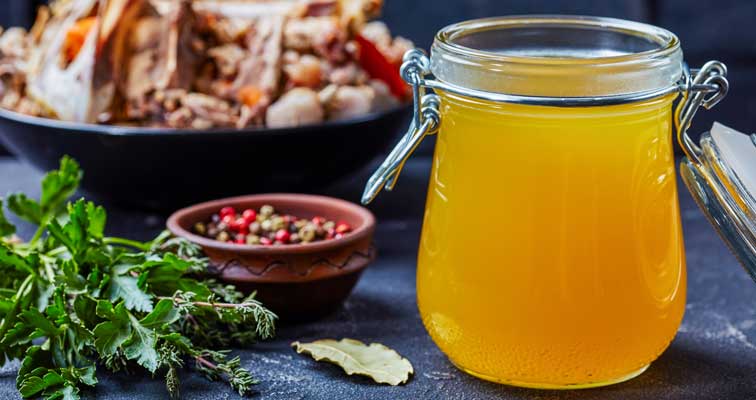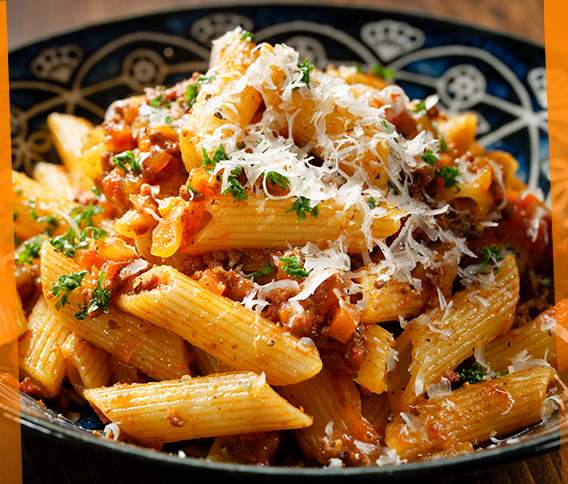
Stock and broths are every culinary expert’s go-to condiment to enhance the flavour of soups, sauces, stews, and other foods. Made from chicken, meat, fish, and seafood, they are immensely rich in flavour and make the food flavour really pop. We have put together all kinds of stocks to enhance your understanding of food enhancers and learn a cost-effective method of augmenting your food’s flavour.
White stock:
- White stock/fond is made with white meat or beef, veal bones, chicken carcasses, and aromatic vegetables.
- The bones or meat are put in cold liquid and slowly brought to a boil.
- The mirepoix (a flavouring base of diced vegetables soaked in suitable fat, i.e. Oil and butter) is then added to the liquid before it develops any colour.
- The mixture is reduced to a simmer to finish cooking.
- This type of stock is used for white sauce, blanquettes, fricassee, poached dishes, etc.
- Brown stock is made with beef, veal, and poultry meat and bones.
- The bones are roasted until golden in colour, not burnt. (Burnt bones and mirepoix will damage the stock’s flavour and colour).
- The mirepoix is added when the bones are three-quarters roasted; tomato product may also be added.
- When the bones and mirepoix are golden in colour, the cold liquid is added and the mixture is slowly brought to a boil and then reduced to a simmer to finish cooking.
- This stock is used for brown sauces and gravies, braised dishes, and meat glazes.
- It is a neutral stock composed of vegetables and aromatic herbs sautéed gently in butter and then cooked in the liquid.
- Often, the less desirable parts of the vegetables (such as carrot skins and celery ends) are used for preparing the vegetable stock since they will not be eaten.
- This relatively new type of stock is gaining popularity in the culinary world.
- Vegetable stock is generally used in vegetarian cooking and volutes.
- It is often used as a replacement for bouillon and other meat stocks, like chicken stock.
- Fish stock is categorised separately from other basic stocks because of its limited usage.
- The basis of fish preparation is fumet or fond.
- It has been said that all fish that produce a fumet is equal. Some fish produce better quality stock than others.
- Fish that are oily yield stock that has a bitter taste or that is milky.
- Classical preparation calls for the bones of specific fish for fumet.
- Dover sole, turbot, brill, and whiting are recommended for their superior flavour.
- However, the important thing is that the fish is fresh and that its flesh is white.





